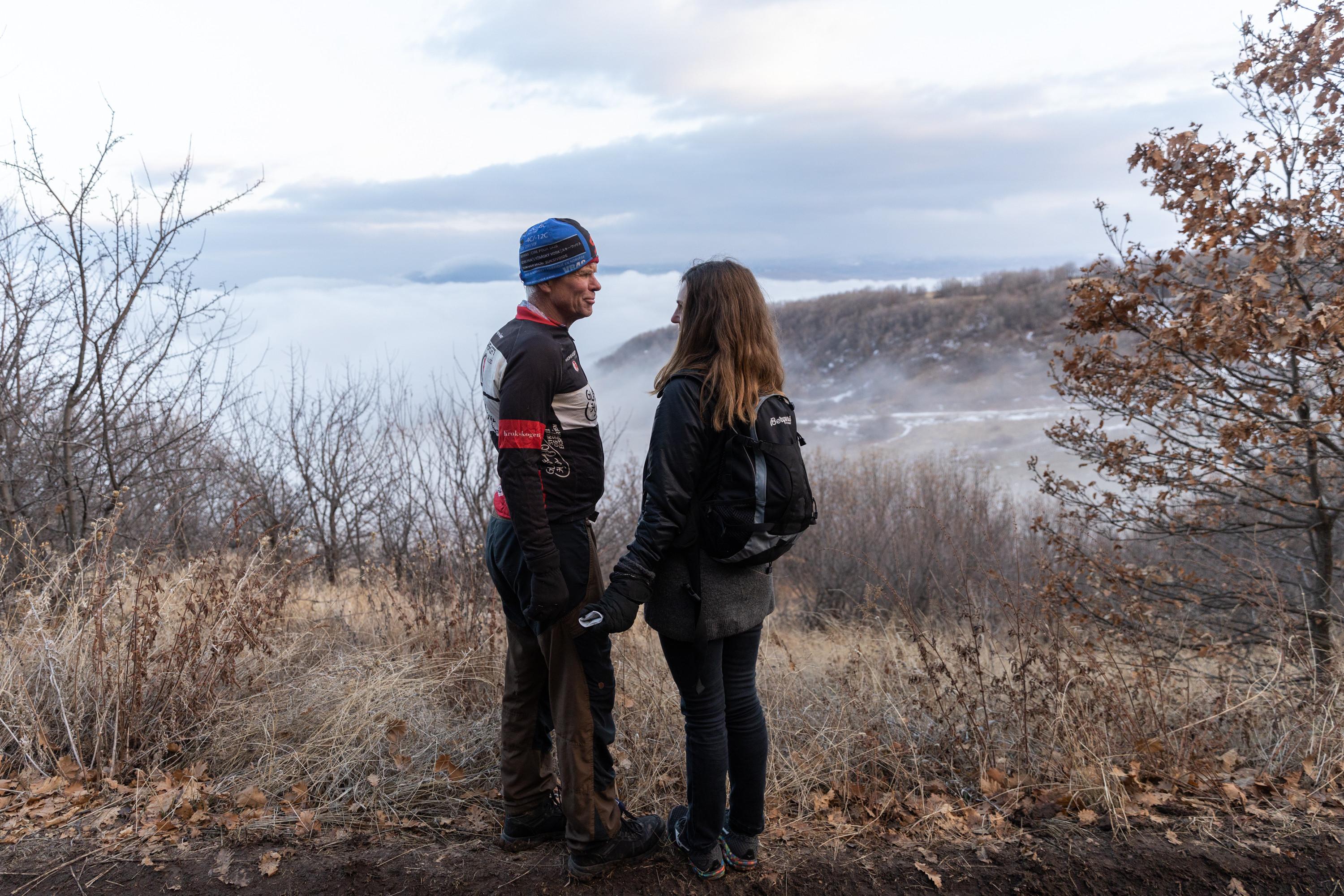
Norwegian Couple Bicycles to Armenia: Fridtjof Nansen Was One Motivating Factor
After bicycling for seventy-five days and traversing twelve countries, 64-year-old Leif Kagge and 51-year-old Heidi Kvammen finally arrived in Yerevan on November 14, 2022.
The couple set off on September 1, 2022 from the city of Hammerfest in the north of Norway.
Hetq caught up with the intrepid couple at the Tzaghkadzor rest house.
"I had no idea that this journey could take so long. It seemed we would reach Turkey, turn right and be in Armenia. But we still had half a way to go from Turkey to Armenia," Leif says.
Leif is retired. He worked with refugees from Africa, Afghanistan and other countries who moved to Norway. He thought about this trip for a long time, and he did not choose Armenia by chance.
"My biggest motivation to come to Armenia was Fridtjof Nansen. I studied Nansen's activities for a long time. He was a great philanthropist who helped people in many countries, including Armenians during the Genocide. I found out there’s a Nansen Museum in Armenia. I didn't know that, like other Norwegians. From that moment on, my dream was to come here," he says.
Leif says that when he was admitted to the Nansen Academy in Norway, he told them he intended to organize a bicycle trip from the academy to the Nansen Museum in Armenia. After graduating from the academy, the couple prepared that summer and set off for Armenia.
"The best feeling is when you get on your bike in front of your house and after a few hours, days or months you reach your destination," says Heidi Kvammen.
"Together, Leif and I went to many places by bicycle - Italy, Sweden, Denmark, and Leif also went to North and South America and many other European countries," says Heidi.
During the trip, they planned to spend their nights in a tent. The sound of wild animals in the middle of the night convinced them to sleep in guest houses.
"I think we were in Poland. Terrible sounds woke us. It was as if twenty bears were howling next to our tent. We later found out they were boars. The next night, one of them was clawing at our tent with its tusks. It was our last night in a tent. We stayed in hotels or guesthouses afterwards,” says Heidi.
After arriving in Armenia, Leif and Heidi visited the Nansen Institute and the Nansen School.
"It was a very emotional and important moment for me. A seventeen-year-old student told me that Armenia will never forget what Nansen did for Armenians. We were impressed. When I return to Norway, I will tell everyone,” says Leif.
After traveling some 5,000 kilometers and reaching Yerevan, the couple found out the Fridtjof Nansen Museum was closed due to repairs to fix a water leak.
"It was very sad that we could not see the museum from the inside. The 100th anniversary of Nansen receiving the Nobel Peace Prize was on December 10, but no one mentioned that, so it's time to go home," Leif jokes.
The couple had been saving money for this trip for a long time. Leif says he cut down on food purchases and did without a car.
"I often find my food in the trash. Norway is a rich country, and I’m very ashamed about how much food is wasted when people in different corners of the world do not have food. For example, the shelf life of potatoes in our stores is several weeks. Later, even though they are good, they put them in the garbage. I retrieve them because they are still good. By the same principle, when I buy milk, I try to buy cartons that are set to expire soon. That's how I try to reduce food waste," says Leif.
Although the trip took a long time, the couple says that everything went very well. They were never robbed or threatened along the way. Their bikes survived without major problems.
"Before starting such a trip by bicycle, it is important to plan everything correctly because you can take a very limited amount of stuff. You must repair things as you go. You need a basic knowledge of bikes as well. This time we took a coffee maker, a pot, some clothes, a tent and spare bicycle tires. Apart from these, it is more important to have a big and open heart, to be curious and philanthropic," Heidi says.
During their trip, the couple rode their bikes for six hours daily. "We expected that we would have time to read, but we were mostly very tired. We read a lot here," Heidi says.
The couple had to pay attention to what route they took, out of safety concerns.
"We come from one of the most peaceful corners of the world and when we got here, we realized how many conflicts there are in the region. Of course, we had heard about the war, the Nagorno-Karabakh conflict, the Genocide, but on the other side of the world you don't appreciate them very well, but here you feel it. A few days ago, I was invited to the house of one of the Armenians. Their son was not at home. They said he went to the funeral of a friend killed on the border. It's just terrible," says Leif.
Heidi remembers that when they went to Nansen School, the first thing that surprised her was the students' combat training. "I was just amazed that children learn such things in school. At the same time, it’s very sad they must do this. The photos of the dead graduates were affixed to the wall of the school. We have met many people here and almost all have friends and relatives who were killed or injured. It’s really very sad," Heidi says.
The travelers have already made friends in Armenia. One is Anton, a Russian, who came to Armenia to build a new ski track in Tzaghkadzor. They live in the same resort home, have lunch and tea together, and sometimes go hiking in the nearby forest during the day.
Leif says all his trips always have a purpose. Meeting new people, discovering new places are just pleasant bonuses that are no less important than the main goal.
"I have a rule that I follow, which, of course, is not 100 percent. If I travel to a country and have a good time, then I look for new Leif to visit, unless, of course, a skiing competition is organized in Armenia soon. In addition, we avoid flying by plane, because it pollutes nature, and you can't ride a bicycle for 75 days every time to come to Armenia," says Leif.
When asked what surprised them the most in Armenia, Life says they once saw people selling a slaughtered animal packed in the trunk of a car.
"You’ll never see something like this in Norway. It’s usually done in special places, under special conditions. I was so surprised that I took a photo and sent it to my son," says Leif.
The Norwegian travelers think they’ll stay in Armenia for another month and in the spring, when the roads thaw and the weather gets nice, they’ll return home to Norway, crisscrossing all twelve countries again.
 Videos
Videos Photos
Photos
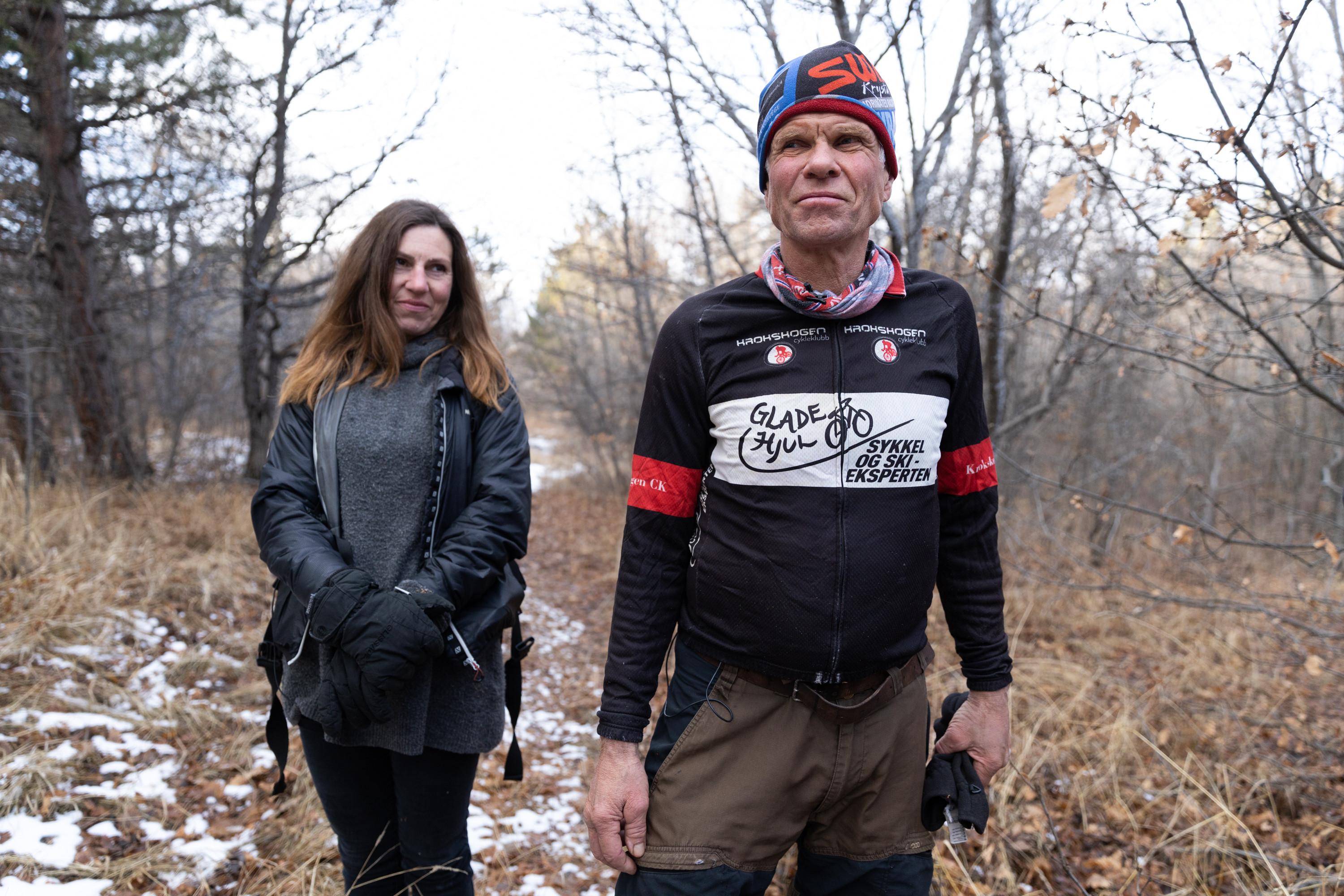

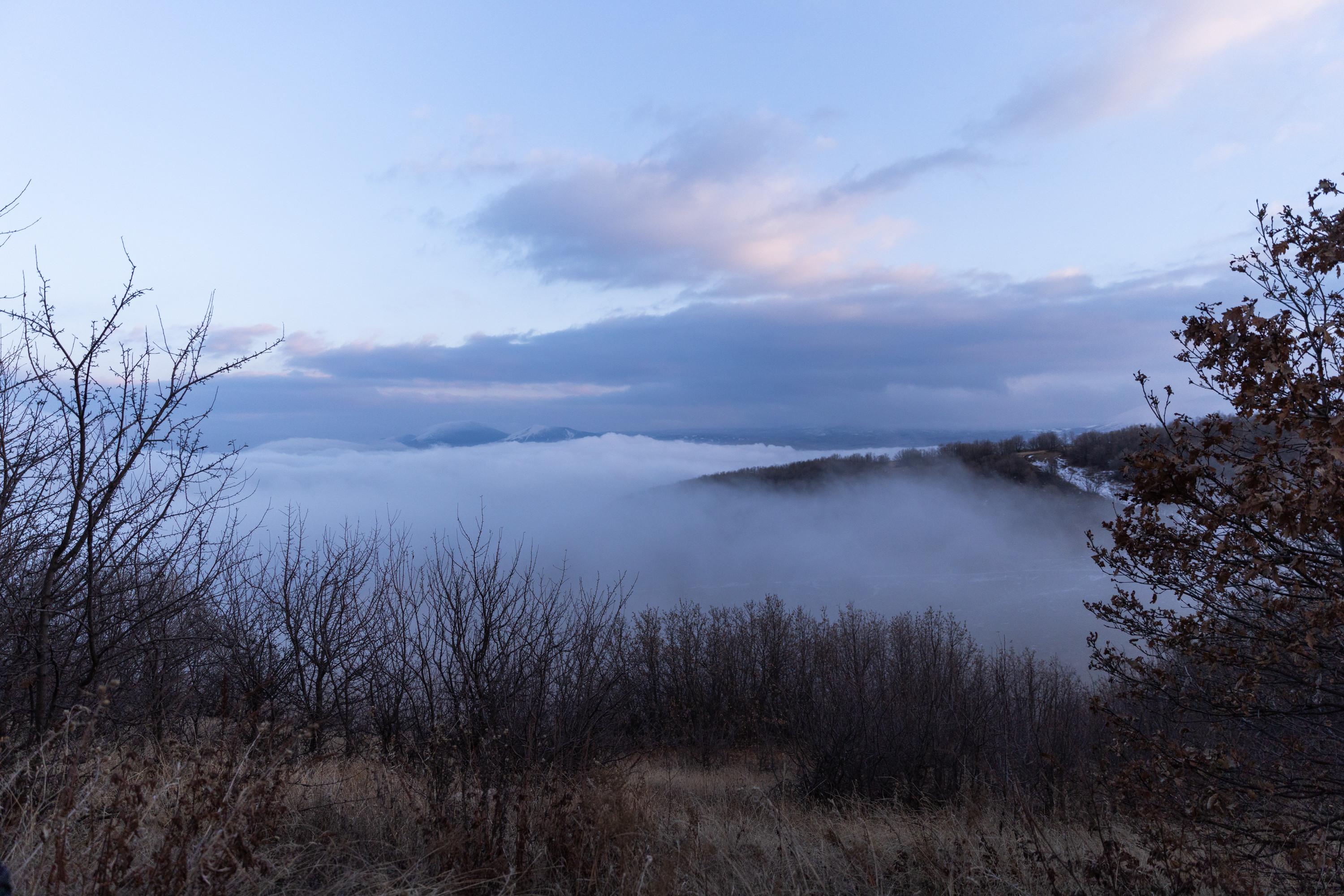
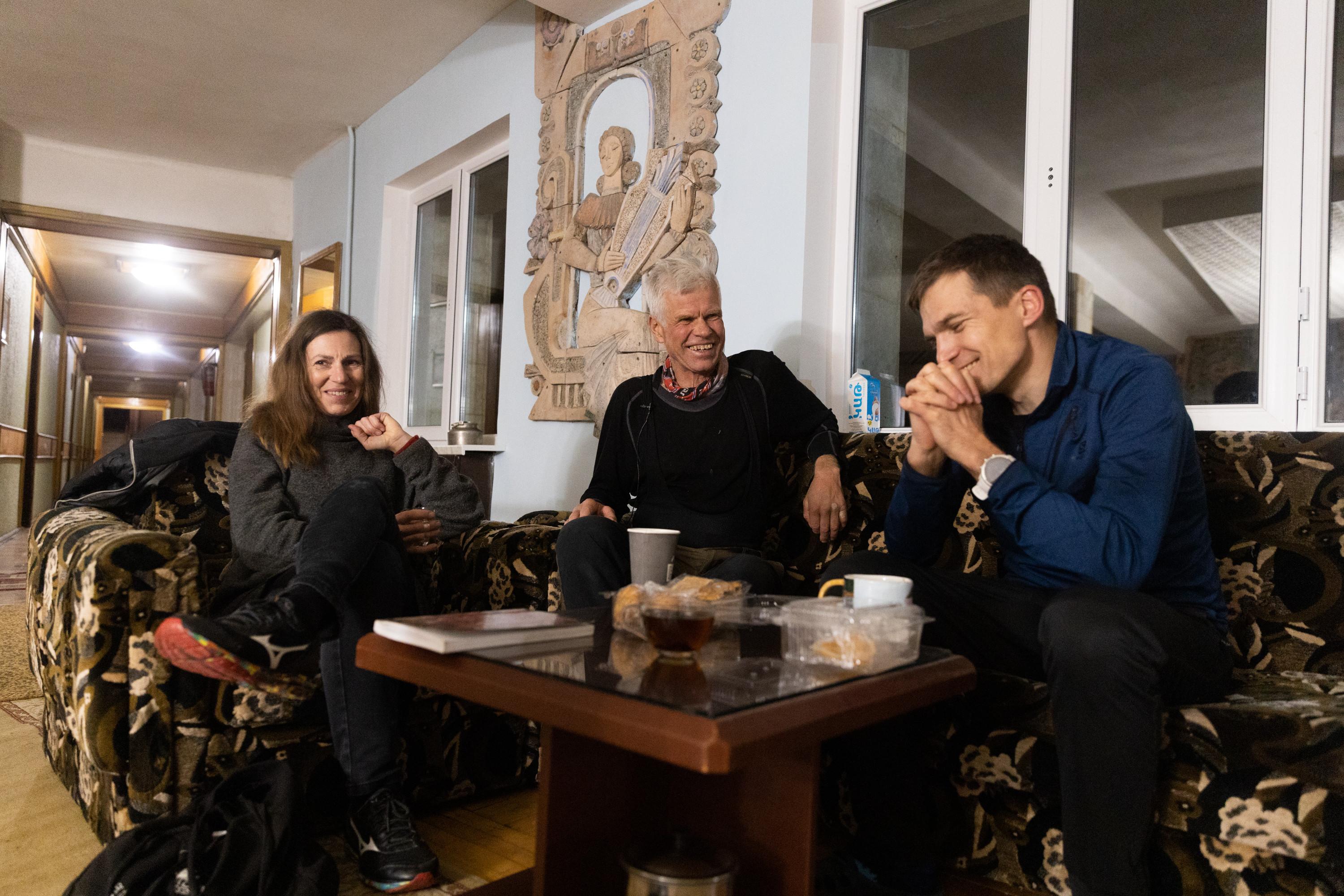
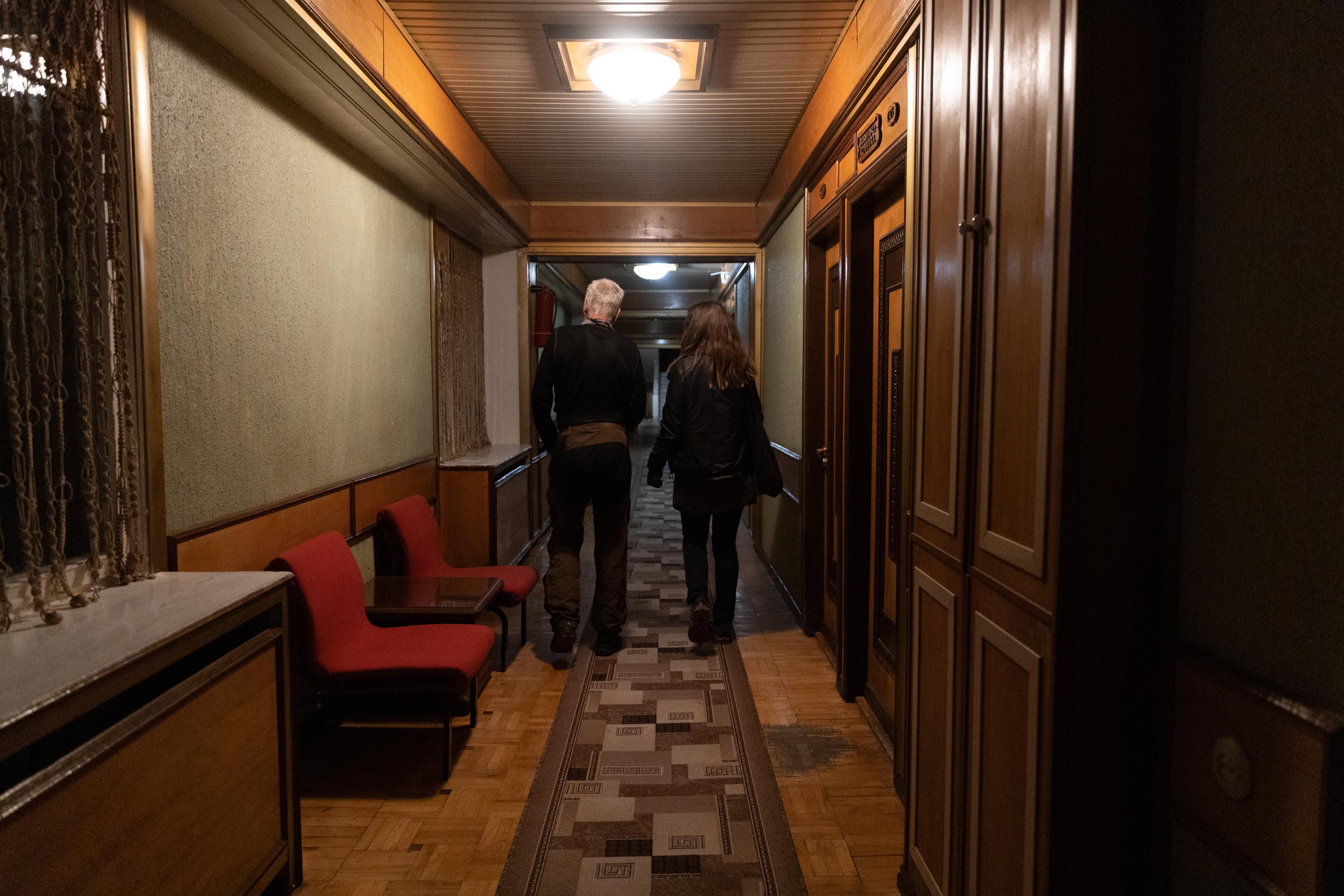
Comments (1)
Write a comment